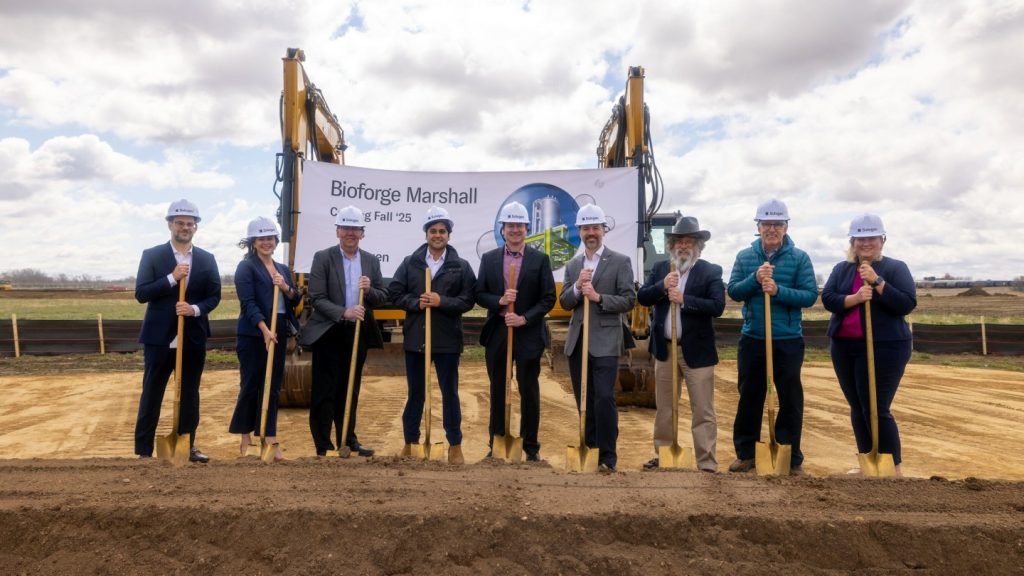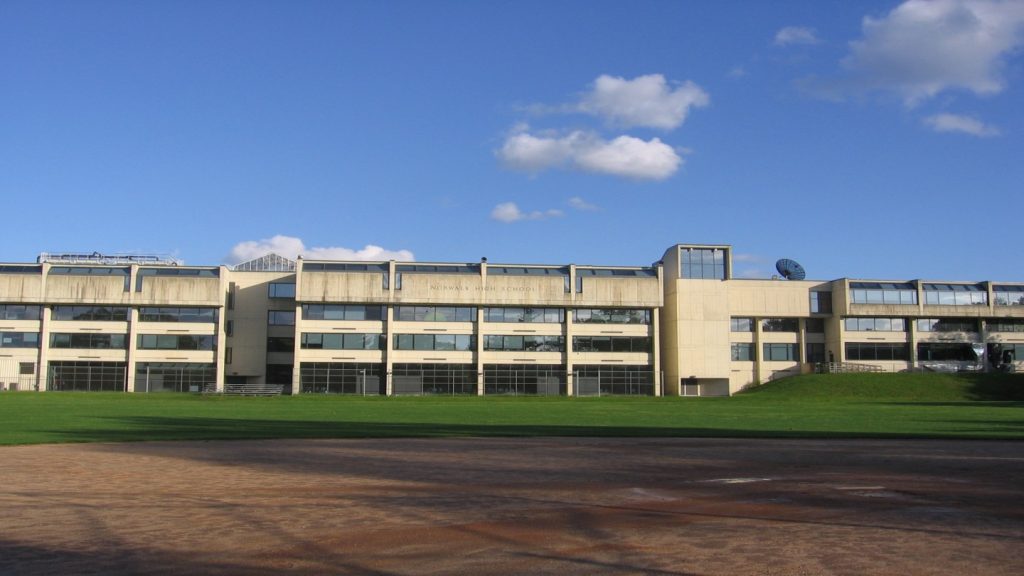As a host of new shiny skyscrapers with exotic monikers go up in London, Ken Shuttleworth has been declaring that "the age of bling is over" and that "the tall glass box is dead". From the man who sketched the shape of 30 St Mary Axe (The Gherkin) when he was at Foster + Partners, the pronouncements seem perverse.
"My comments related to the City of London specifically," says Shuttleworth. "My view is that we won’t see many skyscrapers planned for this part of London over the next few years due to the economic market."
Nevertheless, his reservations about trophy skyscrapers extend far beyond London. When asked about show-off high rises in emerging cities like Singapore, Dubai or Shanghai, he says that "many new cities have built clusters and collections of towers rather like perfume bottles on a supermarket shelf, without any regard to the ground plane, surrounding infrastructure and how people actually move around".
Ken Shuttleworth: heated debates
Invite comment on Shuttleworth pronouncements and one is met by a spectrum of responses. On the subject of bling, David Partridge, joint CEO of developers Argent Group, says: "I agree absolutely; that age was an age for just a few ‘starchitects’. It’s not a great revelation for us that it is not appropriate everywhere."
Argent’s approach with King’s Cross Central, a dense, medium-rise new London quarter that meshes the retrofit of 19th-century structures with new build, is perhaps indicative of such a shift.
See Also:
Alistair Guthrie, director at engineering and planning consultants Arup – whose global portfolio includes Singapore’s 55-storey Marina Bay Sands structure, topped by a 340m-long SkyPark – is more cautious. He offers that Shuttleworth "isn’t wrong in some aspects. There are good ways of doing buildings that are less than 100% glass, we know that".
How well do you really know your competitors?
Access the most comprehensive Company Profiles on the market, powered by GlobalData. Save hours of research. Gain competitive edge.

Thank you!
Your download email will arrive shortly
Not ready to buy yet? Download a free sample
We are confident about the unique quality of our Company Profiles. However, we want you to make the most beneficial decision for your business, so we offer a free sample that you can download by submitting the below form
By GlobalDataStefan Krummeck, Hong Kong-based director at TFP Farrells, whose signature 442m-high Kingkey 100 glass tower in Shenzhen has just become the ninth tallest skyscraper in the world, declares that "… it is a misconception to see towers as mere status symbols that are built solely for their ‘bling’ value. Tall towers can become iconic symbols in addition to their practical functions, but this is no bad thing and can be an important way to attract investment to an area".
Reinier de Graaf, partner at OMA and director of think-tank AMO, is more outspoken.
"If Ken Shuttleworth says that, it’s a very powerful motivation for the rest of the profession to ignore him," he says. "There is no dominant school of thought, no prevailing aesthetical consensus. There is also in our profession an enormous amount of competition. The examples you set have to be more inspirational rather than a blanket prescription of what should be done."
Architectural glass values
Shuttleworth’s views address a tangle of complex issues – the environmental performance of glass, the aesthetics of glass skyscrapers, London’s commercial property market and urban development models. He issued his original rallying call against glass in Building Design magazine in 2005, the same year he left Foster to set up his own practice, Make Architects.
"Wake up all you architectural glass junkies, it’s time for a change," he said.
The intervening years have not seen the death of glass buildings in the UK, although many were designed before 2006. But James Thonger, associate director at Arup, points out that building regulations change.
"Every three years there’s a massive ratcheting up," he says. "I suspect this is where Ken was coming from – the continuing drive by regulations to produce better building stock means that some of the old solutions of, say, just putting up double glazing can no longer get through building regulations."
Guthrie urges us not to dismiss glass. "Let’s not vilify glass, which as a material is so powerful," he says. "It gives enormous views, lots of daylight, all the things you want in a building. What we really need to do is to optimise it rather than decide that it’s dead."
And that’s precisely what the glass industry has been doing: constantly improving u- (measuring heat loss) and g (permeability to sunlight) values.
"There is often an energy trade-off between controlling heat gain and maximising natural light penetration," says Krummeck. "Deep office spaces have greater efficiency, and there is clearly an energy advantage to be gained by having large windows which allow sunlight to reach these deep spaces, rather than relying on electric lighting. It takes less energy to produce than mining for stone, and is easily recyclable.
"It also has many positive characteristics such as being durable, easy to clean and maintain, relatively lightweight, and easy to install. It certainly does not seem appropriate to say that glass should be abandoned, particularly given the continual improvements in glass quality and efficiency."
Vented double-skin façades and innovations like inert gases in gaps also extend performance. The OMA-designed Rotterdam Stadskantoor (Town Hall), which is due to start construction in 2012, has a complete triple-glass skin, with a ceramic frit on the glass. It proves that glass can meet the toughest environmental performance standards. De Graaf points out the Stadskantoor competition specified "the most sustainable building in
the Netherlands".
Glass in architecture: the urban contrasts
Yet in sunnier climes, Shuttleworth already has an ally. In Dubai, new regulations will limit glass to 60% of façades from 2014, unless it is shaded.
"There’s something very tactile about metal or stone or brick," says Partridge. "Glass is harder, more reflective; something you don’t want to go up too close."
He stresses the quality of that ground-floor experience. "It’s boulevards where people can wander, pavements which can be populated."
Contrasting the American and European models of urban development, he notes that, "We have always preferred an urbanistic, contextual approach".
The density of King’s Cross Central is similar to that of Canary Wharf.
"We’ve achieved it with groundscrapers rather than skyscrapers," Partridge adds. "There’s room for an iconic building – perhaps at the end of a vista."
Krummeck defends skyscrapers as urban development tools. "We believe that this new high-density urban model is in its infancy and has a great future ahead of it, meaning that the age of towers is by no means over," he explains. "However, we are in complete agreement that towers that are built solely as status symbols, which lack proper infrastructure and connectivity, which are not integrated with their surroundings, and which reach for new heights just for the sake of it, are indeed destined for failure. If signature towers are properly planned and integrated, then their influence can be extremely positive."
Kingkey 100’s site was once a run-down neighbourhood called Caiwuwei, and unlike the older ‘hutongs’ cleared elsewhere in China for towers, the residents were all rehoused and even given an extra apartment to use as an income-generating asset.
"The development is a new model for a successful city block, and it is all made feasible by the inclusion of a signature tall tower," Krummeck says.
Arup’s Guthrie echoes many when he speaks of Beijing. "It’s a huge pity that they have lost a lot of that fine grain," he says. "The right approach would be to maintain the fine grain over a large proportion of the city, but build an area that allows expansion and concentration without ripping out what’s old. Some cities have been successful in doing that."
But, as Shuttleworth points out, the economy of China is very different to the UK and has not really been affected by the West’s current austerity.
"We are looking at towers in China and Hong Kong, which are highly appropriate in terms of location, brief and budgets," he says. "There will always be urban models that include towers, because there is a desire to get off the street and enjoy the views."
Towers of London
Shuttleworth has not abandoned the skyscraper in the UK. Make’s 55-storey residential tower at Cherry Orchard Road in Croydon has been approved, and the master plan for London’s Elephant & Castle includes towers.
"As with China, these are very different situations to those faced within the City [of London]," he says.
In London, even the Gherkin has not escaped Shutteworth’s criticism.
"There is no doubt that if designed today, the cladding of St Mary Axe would be different," he says. "It would have a greater percentage of solid façade and more shading on the sides that attract solar gain, rather than just being the same across the whole circumference. I’m sure that also coated glass technology and vacuum panels would be investigated, which have improved dramatically since it was originally designed, so no doubt they’d come into play too."
Arup engineered the building and designed the diagrid. Thonger’s view concurs with Shuttleworth’s.
"It was a building of its time," he says. "It is entirely possible that with modern glazing materials we would have come up with a slightly different solution."
In current designs, Shuttleworth is putting his money where his mouth is. For example, the recently approved City HQ at 5 Broadgate is a massive 12-storey groundscraper that will house 6,000 workers, and the façades are characterised by windows in diagonals and long strips in a metal skin. At the just-completed University of Nottingham’s Gateway Building, the curtain wall is of timber panels stuffed with compressed straw – its U-value beats Part L requirements by 60%.
"It’s not all about surface and form, but we have to find new answers to provide innovation in the current market," says Shuttleworth. Elsewhere in the City, Arab Investments has restarted the Pinnacle’s construction and Aon has become the first Cheesegrater pre-let. Nevertheless, Shuttleworth sticks to his guns.
"With the economy acting as the current major driver over and above form, ‘unusual’ building shapes are unlikely to resurface for a while – rectilinear forms are far cheaper to build," he says.
This article was first published in our sister publication The LEAF Review.







